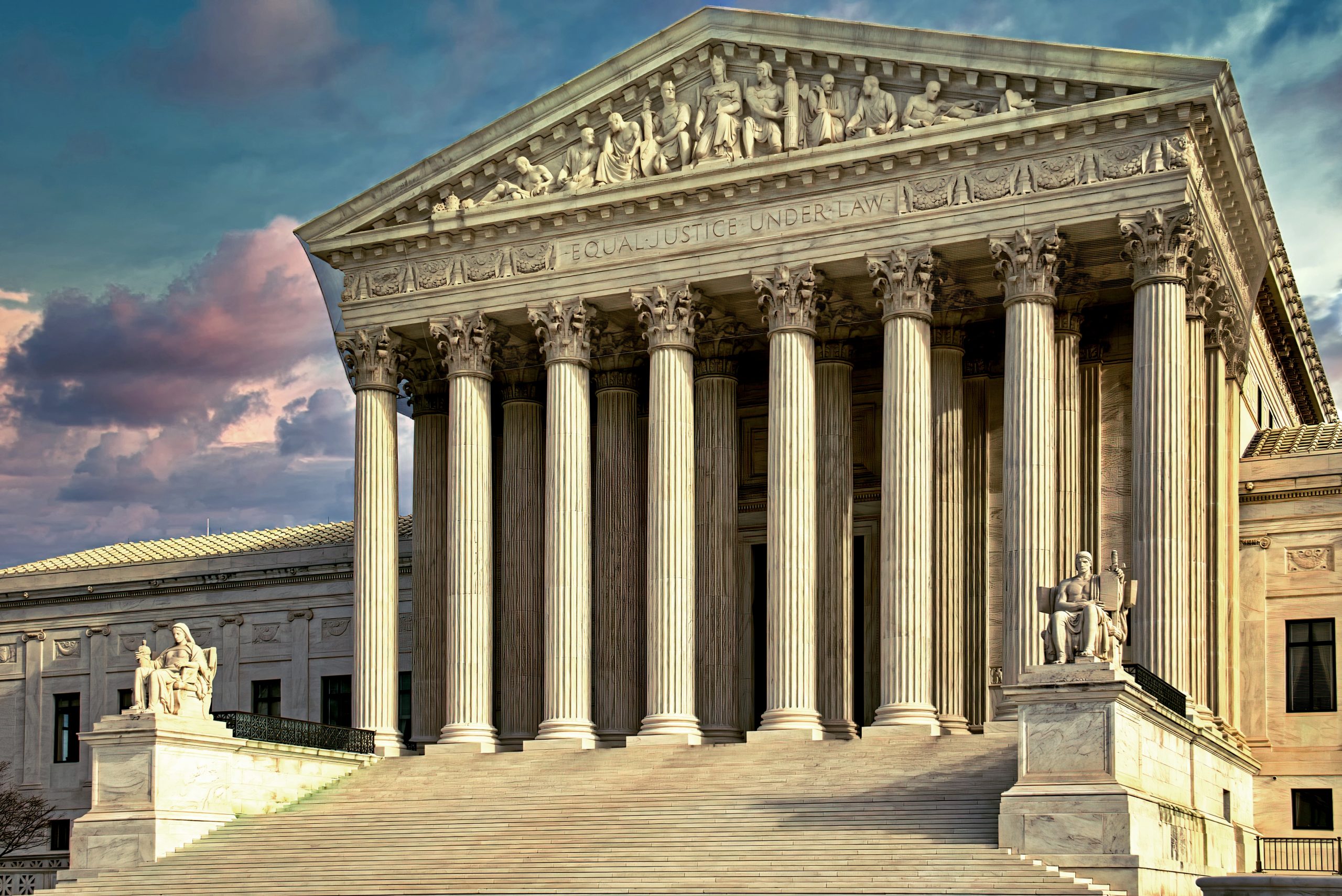The California Code of Civil Procedure Section 564 lists many of the traditional types of cases in which receivers may be appointed. They include, but are not limited to, the following: Preservation of a common fund or property in dispute and in danger of injury or dissipation;Rents, Issues and Profits (Real Estate);Substandard Housing – The…
What are the types of substandard conditions that are considered when appointing a Health & Safety receiver in California?
California health and safety law requires residential landlords to maintain dwelling units in a habitable condition. This principle is known as the warranty of habitability. If a landlord is found to have violated applicable statutes regarding habitability issues, government agencies can take action to appoint a receiver to help bring the property into compliance.
The conditions that are commonly present in substandard housing receiverships include but are not limited to the following:
- Effective waterproofing and weather protection of roof and exterior walls, including unbroken windows and doors, and rooms that are not damp.
- Plumbing facilities, including hot and cold running water and a kitchen sink, toilet, bath, or shower in good working order, are connected to a sewage system.
- No visible mold growth, as determined by a health officer or a code enforcement officer, not including mold that is minor and found on services that can accumulate moisture as part of their proper functioning and intended use.
- Gas facilities are in good working order.
- Heating facilities are in good working order.
- An electrical system, including lighting, wiring, and equipment, is in good working order.
- Clean and sanitary buildings, grounds, and appurtenances, free from debris, filth, rubbish, garbage, rodents, and other vermin.
- Adequate trash receptacles in good repair.
- Floors, stairways, and railings are in good repair.
- An environment free from deteriorated lead-based paint, lead-contaminated dust, lead-contaminated soil, or lead-based paint that is disturbed without containment.
Tenants may not waive the obligation of landlords to maintain units in a reasonably safe and habitable manner. Court-appointed health and safety receiverships are an effective vehicle for courts to enforce and resolve issues with substandard living conditions provided by property owners.
Related Posts
A receivership can be structured in a variety of ways based on the nature of the dispute, the goals and objectives of the parties, the type of asset(s) that will be placed under the control of a receiver as well as the ruling of the court. There are two core types of receiverships – a…
All court receiverships are not created equally, but the life-cycle of a court receivership has similarities that can be seen in almost every case.




